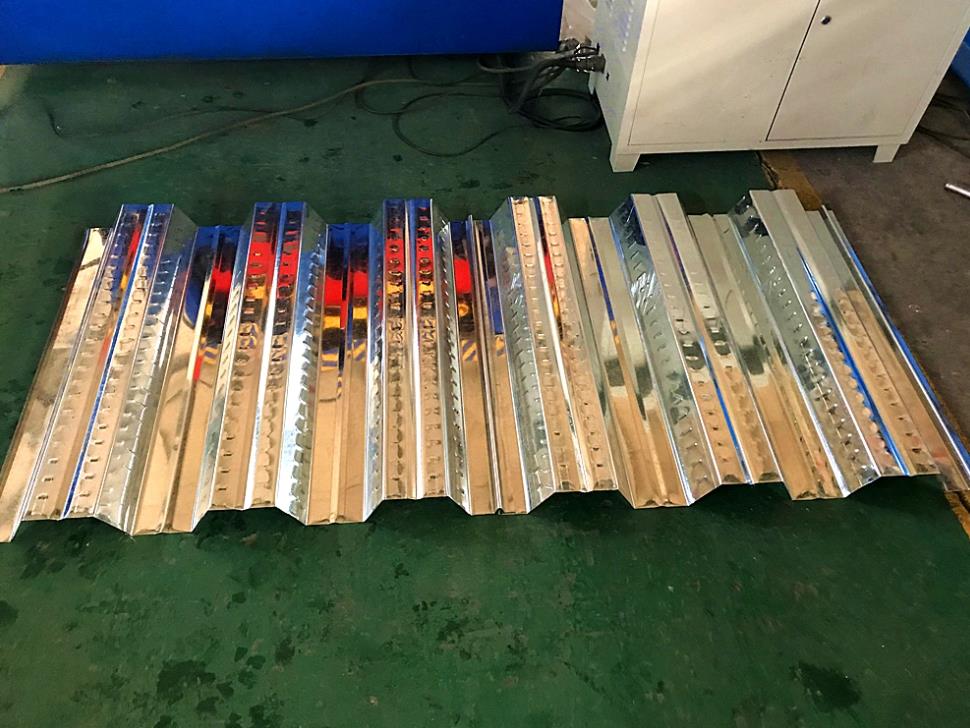Lightweight Keel Roll Forming Machinery for Efficient Construction Solutions
Understanding Light Gauge Keel Roll Forming Machines
The construction industry is continuously evolving, making the need for innovative and efficient manufacturing solutions more pressing than ever. Among these innovations, the light gauge keel roll forming machine stands out as a pivotal technology, significantly enhancing the production of structural components known as light gauge steel (LGS) framing. This article explores the fundamentals of light gauge keel roll forming machines, their applications, advantages, and the future of this technology.
What is Light Gauge Steel?
Light gauge steel is a popular building material that provides structural support in residential and commercial construction. Characterized by its thin steel sheets, typically ranging from 0.5mm to 3mm in thickness, it offers high strength-to-weight ratios. This makes it an ideal choice for various applications, including wall frames, roof trusses, and floor joists.
The Role of Roll Forming in Steel Production
Roll forming is a manufacturing process that shapes metal into specific profiles through a series of contoured rollers. In the case of light gauge keel roll forming machines, the process allows for the continuous production of consistent, intricate, yet lightweight profiles that are essential in LGS framing.
These machines are designed to handle meticulous operations, where a flat steel strip is fed into a set of rollers, gradually transforming it into a desired shape. The precision of roll forming ensures minimal waste and high efficiency, reinforcing the viability of light gauge steel in various applications.
Key Components of a Light Gauge Keel Roll Forming Machine
A typical light gauge keel roll forming machine comprises several key components, including
1. Feeder This element feeds the flat steel strip into the forming rollers consistently, ensuring a smooth, uninterrupted workflow.
2. Rollers The heart of the machine, rollers are specifically shaped to shape the steel strip into the desired profile. Depending on the complexity of the profile, machines may have several sets of rollers.
light gauge keel roll forming machine

4. Electronic Control System Modern machines are equipped with sophisticated control systems that allow for real-time monitoring and adjustments, enhancing precision and productivity.
Advantages of Light Gauge Keel Roll Forming Machines
1. Efficiency The automated nature of roll forming machines allows for high-speed production, reducing manufacturing times considerably.
2. Precision and Consistency The design of the machines ensures that every piece produced is uniform, minimizing errors and facilitating easier assembly during construction.
3. Material Utilization Roll forming is known for its minimal material waste, making it cost-effective and environmentally friendly.
4. Versatility These machines can create a multitude of profiles, catering to diverse construction needs.
5. Strength Light gauge steel offers remarkable structural integrity, supporting modern architectural designs while maintaining lightweight properties.
Applications in the Construction Industry
Light gauge keel roll forming machines are widely used in several construction applications, such as
- Residential and Commercial Framing Offering a strong yet lightweight solution for building frameworks. - Roofing Systems Providing durable and efficient roof structures that can withstand various weather conditions. - Interior Partitioning Facilitating the construction of indoor walls without the added weight and complexity of traditional materials.
Conclusion
As the construction industry seeks to adopt more sustainable and efficient practices, light gauge keel roll forming machines are proving to be invaluable. Their ability to produce high-quality, precise components with minimal waste aligns perfectly with the industry's goals of efficiency and sustainability. As technology continues to advance, we can expect these machines to evolve further, pushing the boundaries of what is possible in modern construction. The future of roll forming technology appears bright, ushering in new possibilities for builders and architects alike.
-
Roof Panel Machines: Buying Guide, Types, and PricingNewsJul.04, 2025
-
Purlin Machines: Types, Features, and Pricing GuideNewsJul.04, 2025
-
Metal Embossing Machines: Types, Applications, and Buying GuideNewsJul.04, 2025
-
Gutter Machines: Features, Types, and Cost BreakdownNewsJul.04, 2025
-
Cut to Length Line: Overview, Equipment, and Buying GuideNewsJul.04, 2025
-
Auto Stacker: Features, Applications, and Cost BreakdownNewsJul.04, 2025
-
Top Drywall Profile Machine Models for SaleNewsJun.05, 2025








